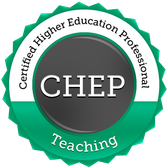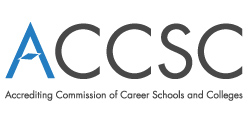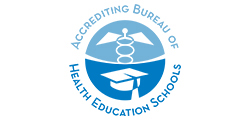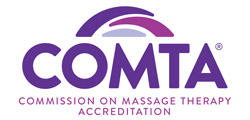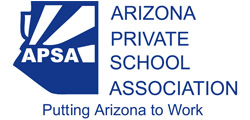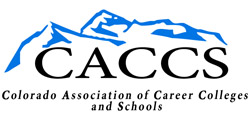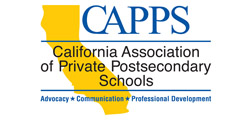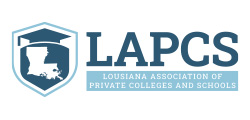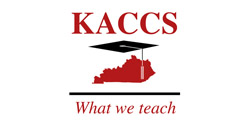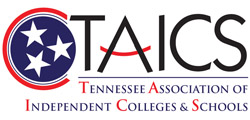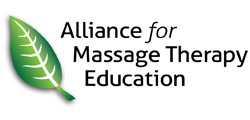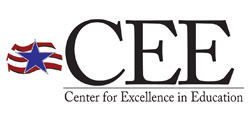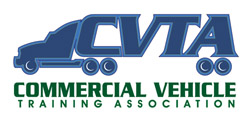Badge Evidence | Completed Courses (4 Hours Each)
ED101Effective Teaching Strategies
This introductory course covers the essential roles of a teacher and the competencies required to be a successful instructor in an educational institution. Proven techniques and strategies for planning and preparation are presented and discussed. In addition, the course offers effective methods for conducting the first class meeting and delivering course content. This course provides a solid foundation for new instructors and serves as an excellent refresher for more experienced instructors.
ED104Class Management Strategies
This course provides methods and techniques for managing students and class activities. We start by reviewing the steps instructors need to follow as they introduce a class to new students. We then discuss strategies to effectively deal with unfocused and challenging students. The course ends by describing common mistakes made by instructors and ways to avoid them.
ED107Creating an Accelerated Learning Environment
Retention is an issue, and what happens in the classroom is a critical factor influencing a student's decision to stay or go. The classroom environment may be hurting your students' view of the quality of your programs. In this course, you will learn tips and techniques to deal with environmental influences such as your role as the instructor, the classroom, the interactive activities, the support materials, and the sequence of instruction as well as other subtle influences. You will learn to view the environment from the student's perspective to increase your teaching effectiveness and student retention.
ED112Influencing Student Motivation
This course is intended to offer a practical explanation of how an instructor’s behaviors and choices can influence the motivation of students. It is not intended to be a theoretical or academic treatise about motivation. Module 1 offers useful tips that may help instructors to motivate students. Students’ security and autonomy are described as they influence motivation during instruction, questioning, activities, and evaluations. This is followed by a discussion of how motivation can be improved by enhancing students' sense of autonomy when making assignments, selecting instructional methods, implementing classroom procedures, and developing evaluations. In Module 2, intrinsic and extrinsic motivators are defined and compared. Finally, a variety of "miscellaneous motivators" are offered for instructors to consider.
ED131Teaching Students with Autism
Awareness about autism and the impact it has on the lives of those that have been diagnosed with it has grown greatly in the past few years. There has been an increase in enrollment of students who are on the autism spectrum in career education. This course will provide you with the characteristics of autism so that you will have an understanding of what autism is and how it impacts the learning of these students. Specific strategies for working with students who have been diagnosed as being on the autism spectrum will be provided, to enhance the engagement and learning success of students with autism.
ED132Teaching Students with Learning Disabilities
Students with learning disabilities are enrolling in career education at increasing rates as a result of successful interventions and supports provided during their elementary and secondary schooling. This course describes the characteristics of students with learning disabilities and how having a learning disability impacts their learning process. As reading and comprehension is the essence of learning, it is important that instructors be knowledgeable in ways to support students with these learning challenges. Specific strategies for working with these students will be offered, to enhance the engagement and learning success of students with learning disabilities.
ED135Teaching Multigenerational Learners
As students from different generations are enrolling in post-secondary settings today, instructors are presented with the challenge of how to engage, instruct and relate to these multigenerational learners. This course gives profiles of different generational learners and how they engage in the learning process. Content is shared on how to relate to learners of the different generations and how to use students' life experiences as learning opportunities. As technology is an essential part of instructional delivery, strategies are given for building on the abilities of multigenerational students to use social networks, portable media (given the parameters of school policy), and personal interaction. In addition, instructors are given methods that can be used to help students develop the critical thinking and interpersonal skills needed for career success.
ED142Military Veterans: Integrating Veterans into Post-Secondary Classes
This course examines the various challenges veterans face when attempting to pursue courses of study following military engagements and service. While no instructor can possibly identify with every aspect of a veteran's experience, it is possible to become more aware of some of the challenges facing veterans as they reintegrate into civilian life. This course also examines effective instructional strategies in design and delivery to facilitate the success of veterans in a post-secondary environment.
ED148ChatGPT and Educational Uses
This course will provide an overview of ChatGPT and how it might impact education. With an artificial intelligence (AI) language processing tool, there could be endless possibilities. However, like any other technology, its use in education is to be considered carefully, because learning will be affected. The course begins with an overview of the history of chatbots and artificial intelligence and goes on to discuss how to use ChatGPT, how teachers and students may use it, and the advantages and disadvantages of its use.
ED204Tomorrow's Learning Environment Today
Instructional planning and delivery is undergoing dynamic changes with the availability of technology and expanded avenues through which information can be provided. Instructors need to be aware of how they can expand their instructional formats to include the latest technology and learning theories. This course provides information about the different forms of learning and how they can be implemented into classrooms and laboratories. Other topics covered in the course include different strategies for learning including transformative and cooperative methods as well as collaborative and experiential methods that help to engage learners.
ED408Introduction to Educating Students with Disabilities
This course emphasizes providing meaningful accommodations to students with disabilities in an education setting including: legal mandates and regulations, characteristics and educational needs of students with disabilities, and instructional techniques that can be used with these students.
The goal of this course is to help develop a better understanding of the topic and produce tangible resources to help implement plans, strategies, and ideas at your school. In addition to lecture videos, possible resource links, and assessments, you will be able to utilize the Journal and Learning Activities. Take advantage of a method that best works for you.
ED409Gamification in the Classroom
This course will explore the field of gamification and the way that gaming and gaming elements have come to impact our everyday lives, and can improve our courses. Focusing on easy-to-implement concepts, this course will help you to begin utilizing gamification elements to increase learner engagement and motivation, and increase overall student success.
The goal of this course is to help develop a better understanding of the topic and produce tangible resources to help implement plans, strategies, and ideas at your school. In addition to lecture videos, possible resource links, and assessments, you will be able to utilize the Journal and Learning Activities.
EL102Online Teaching Techniques
Your degree of success as an online instructor relies heavily on several factors, among which are your level of preparedness before the date on which the course is launched; your ability to make a smooth transition into the roles and responsibilities associated with teaching in an online environment; and the effectiveness and efficiency with which you manage learners, instructional transactions embedded in the course as well as the learning environment. In this course, you will learn how to project your authority and presence into the e-learning environment, build a relationship with each learner, promote and nurture learner participation, provide informative and constructive feedback in a timely manner, minimize attrition, manage communications, manage unacceptable behavior and resolve disagreements.
EL110Effective Use of Social Media in Online Courses
This course will provide you with strategies and techniques to help use social networking in the online environment. It provides an overview of social networking, media hosting and sharing, microblogging and blogging. An introduction to each will be provided, and content development, policy, facilitation and assessment will all be discussed. Suggested activities will also be provided.
EL112Workload Management Strategies for Teaching Online
This course will provide you with strategies and techniques to help you reduce your workload in the online environment. The course begins with an overview of good principles for education and questions to consider prior to developing Workload Management Strategies (WLMS). This course also provides WLMS for teaching online, communicating and collaborating, and revising your online course.
